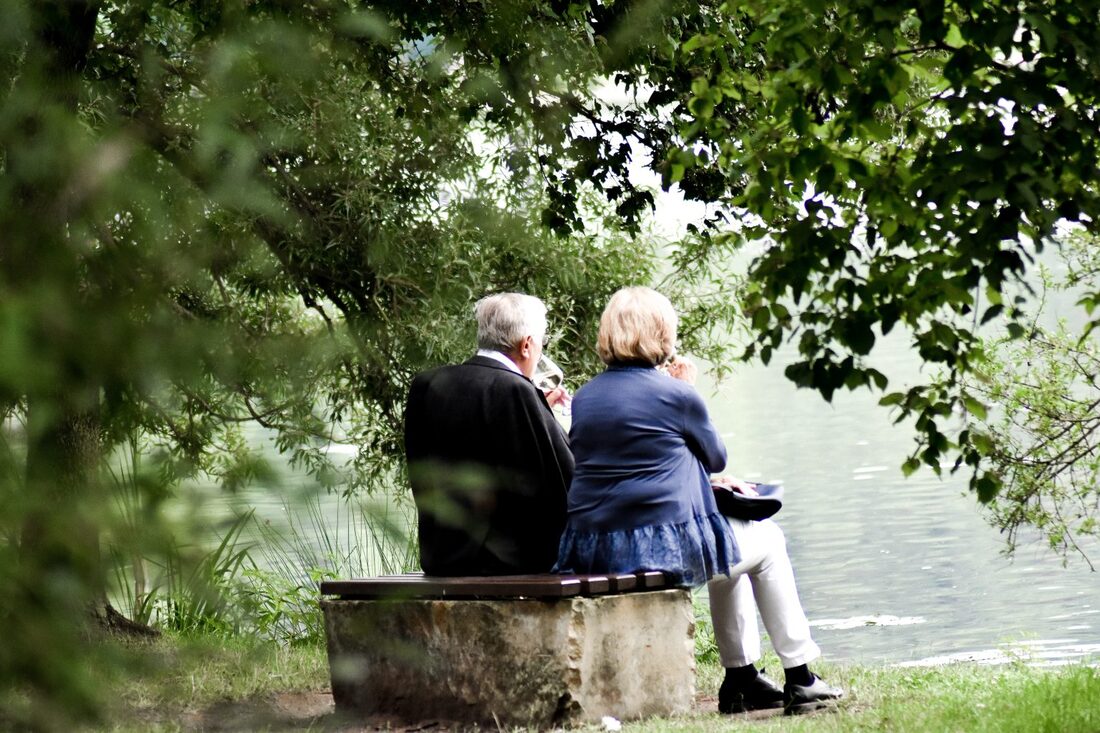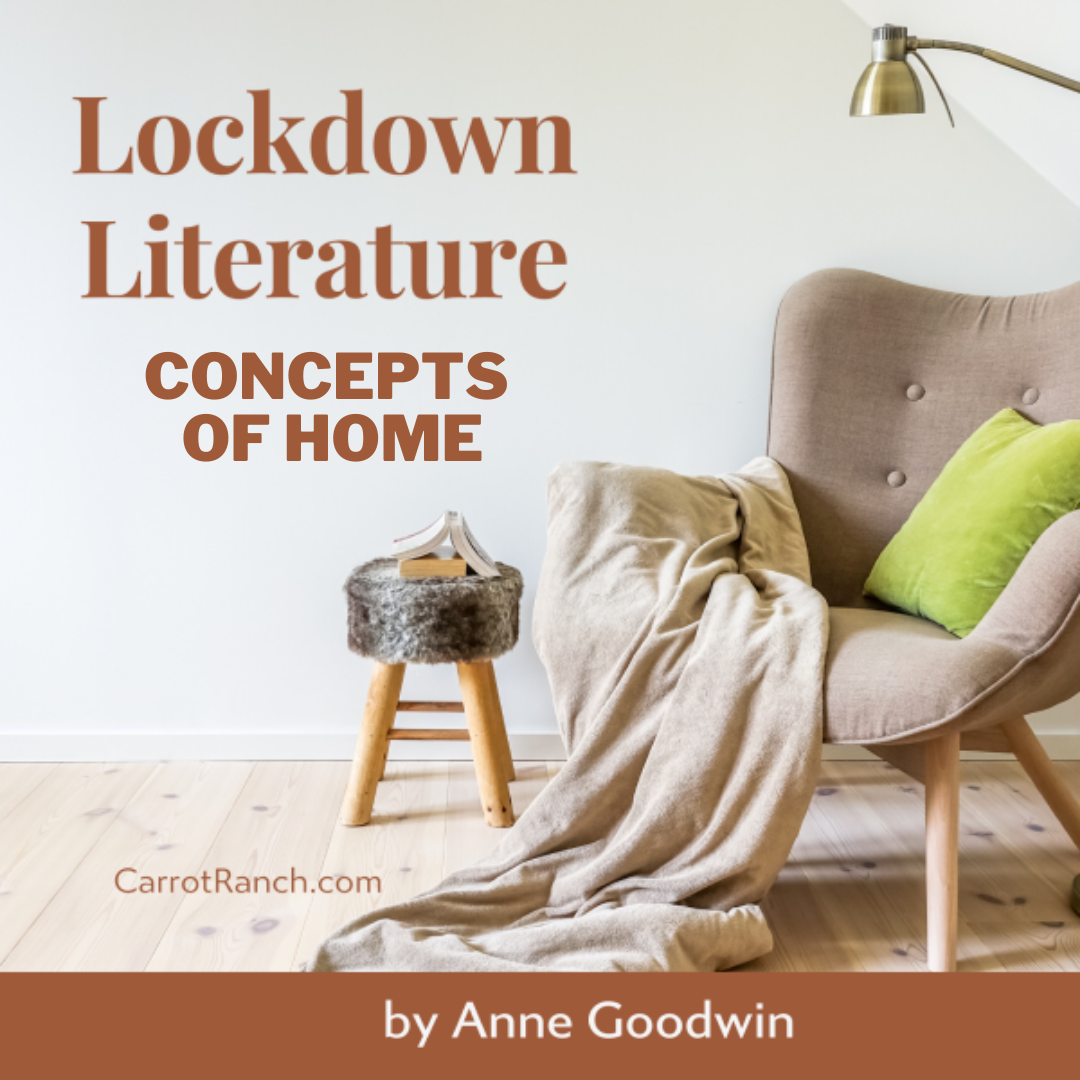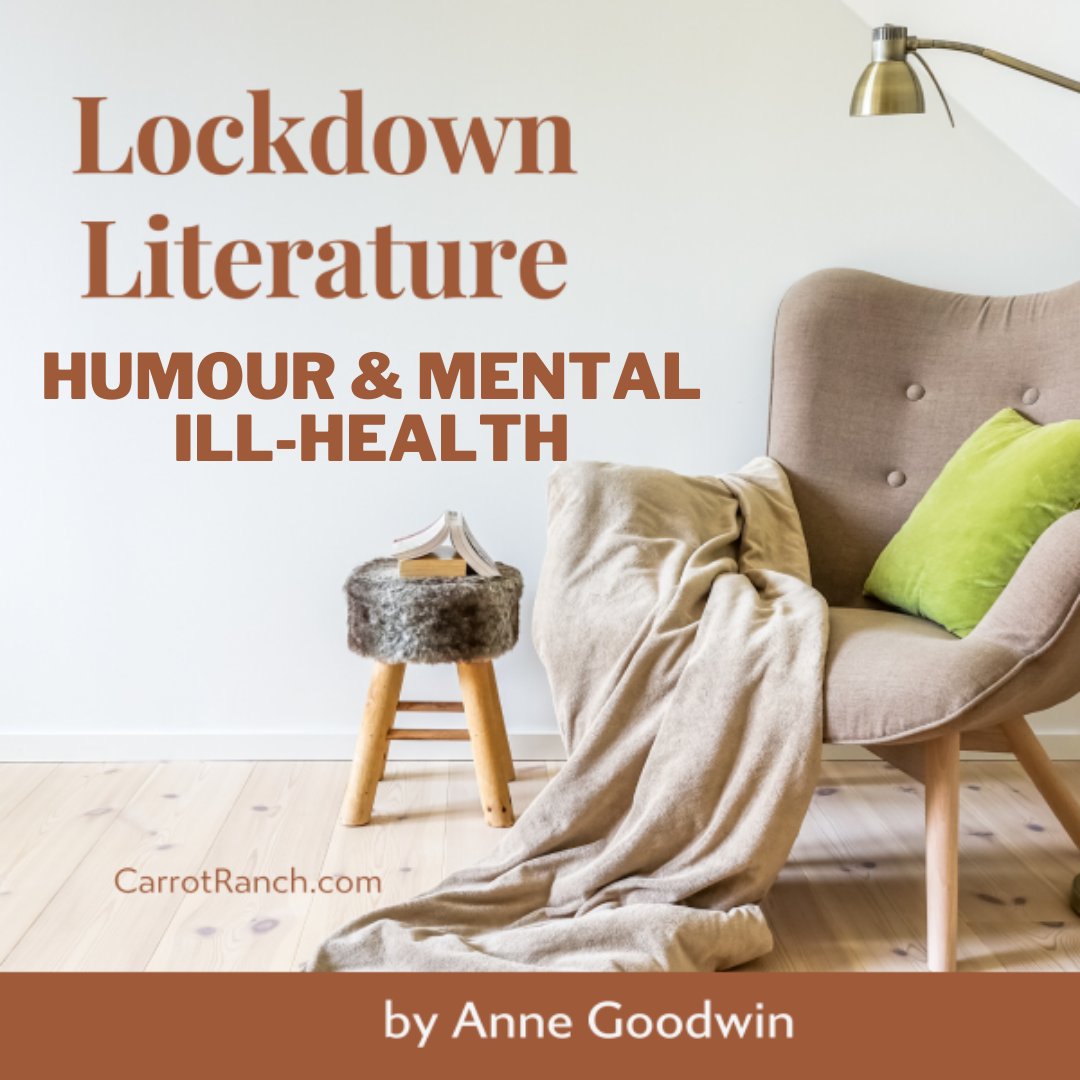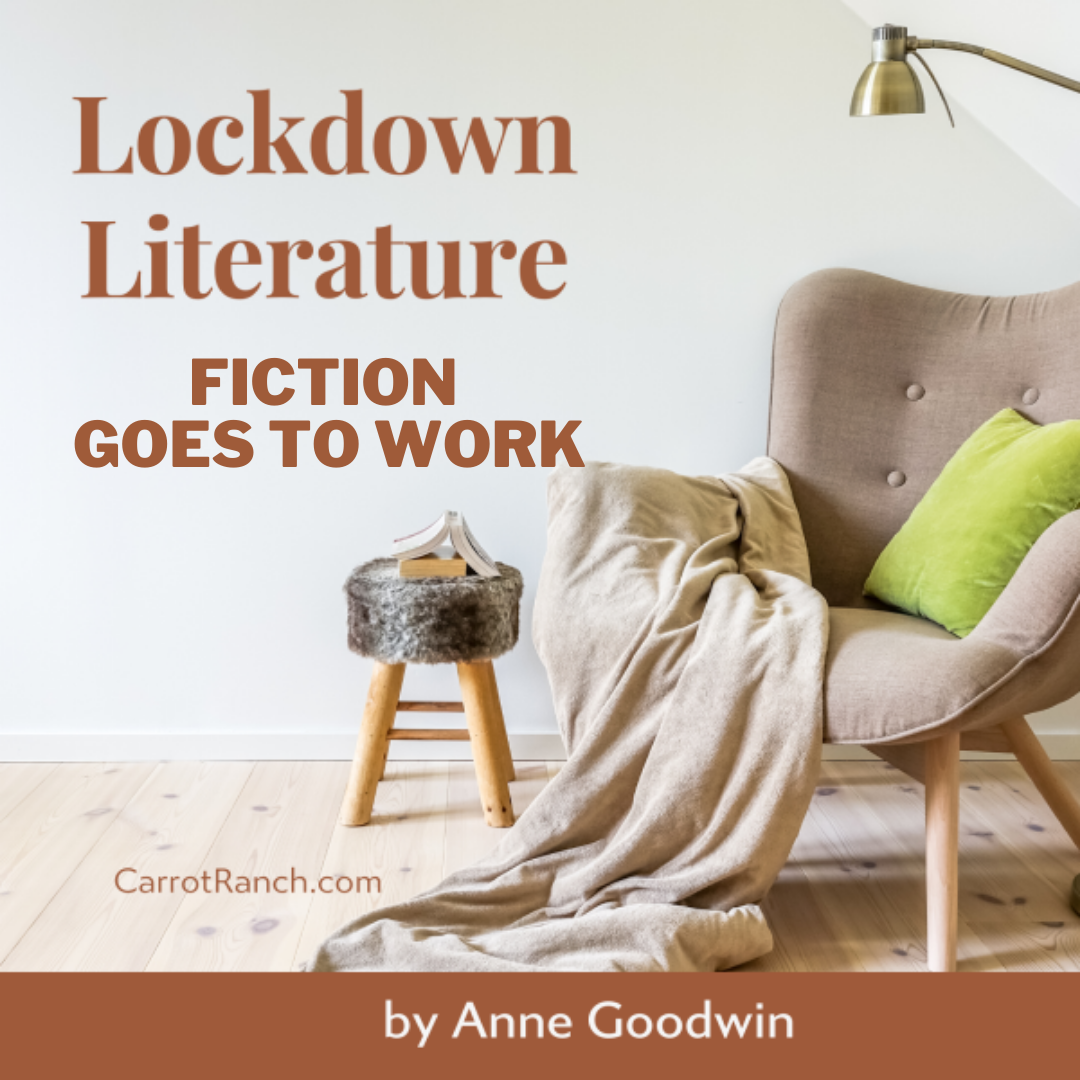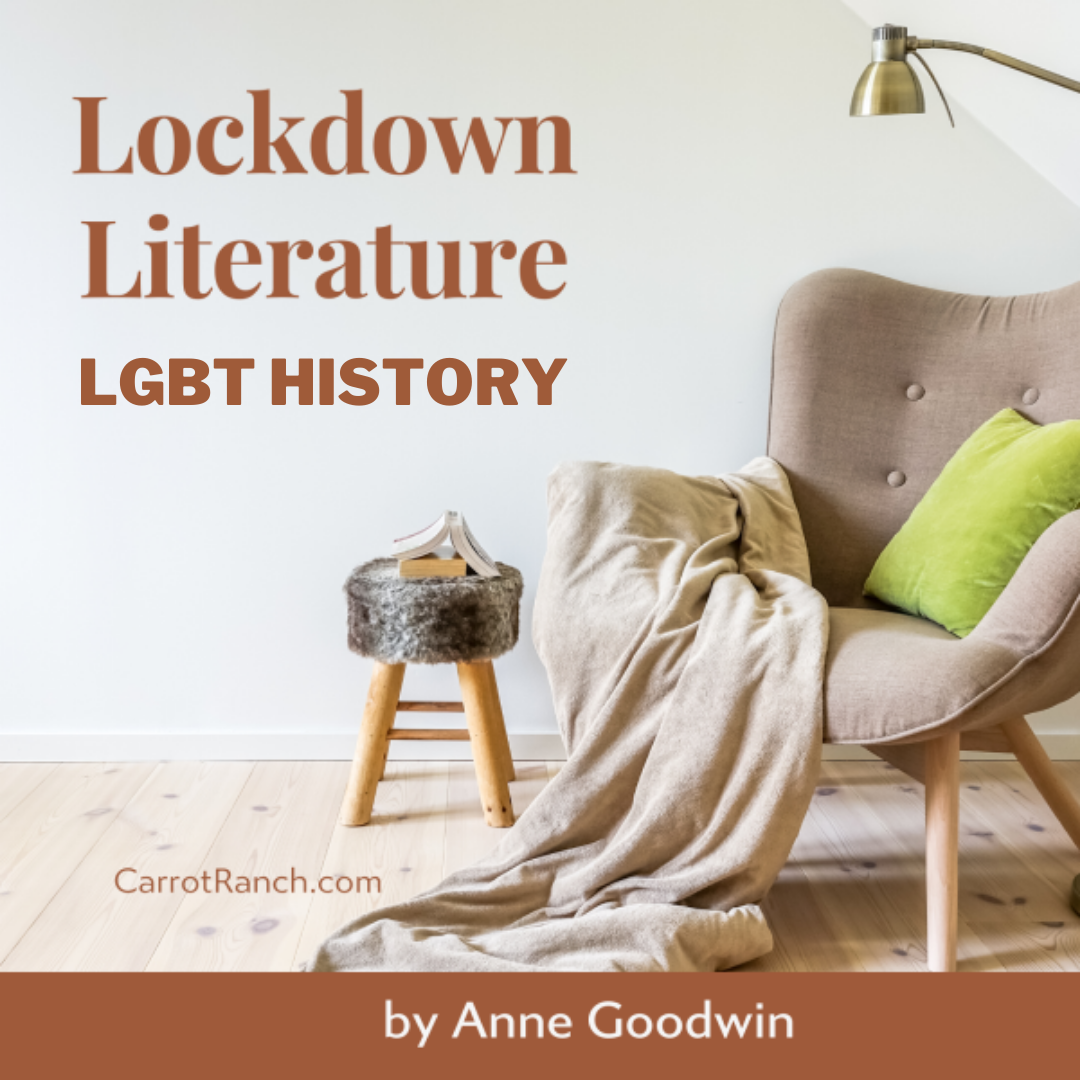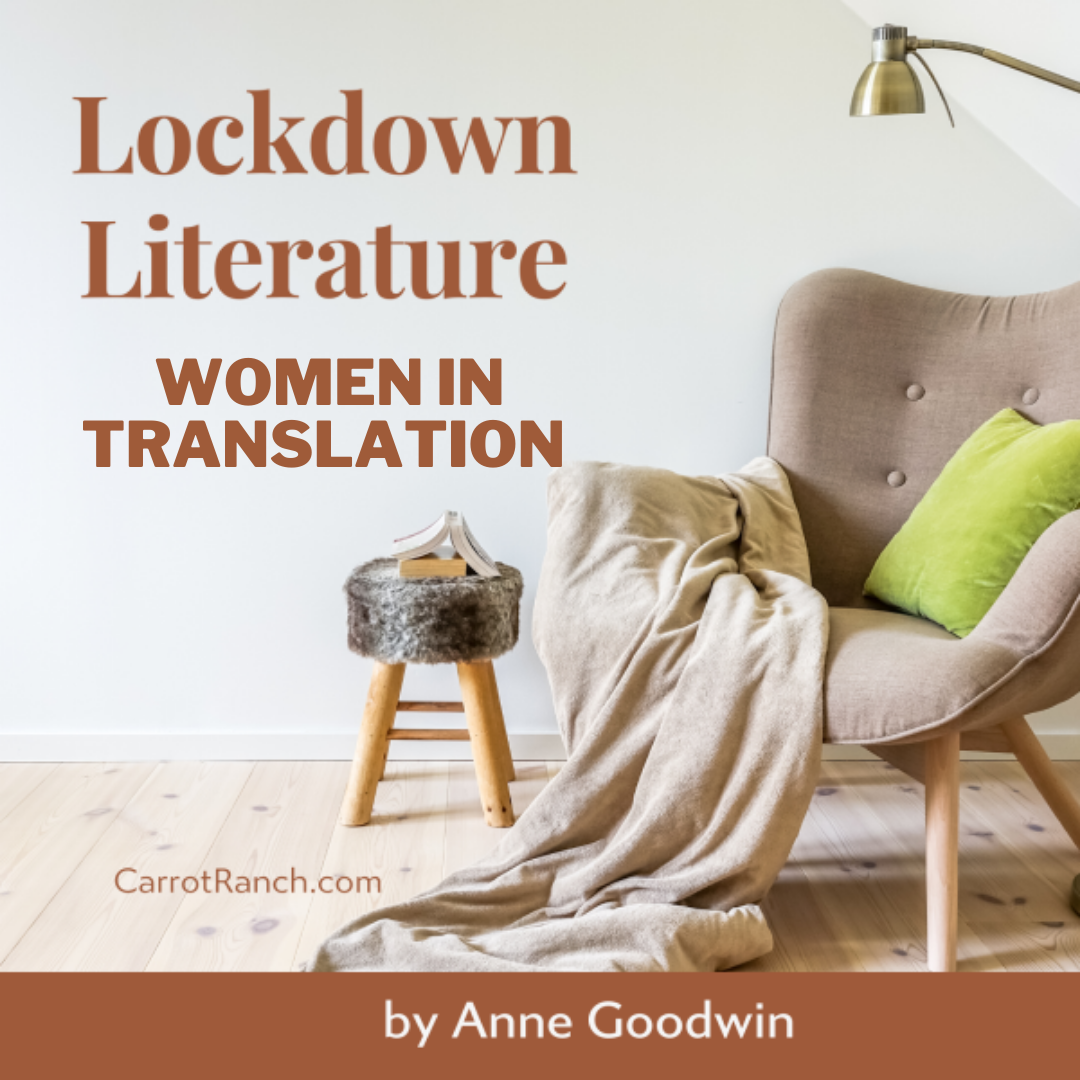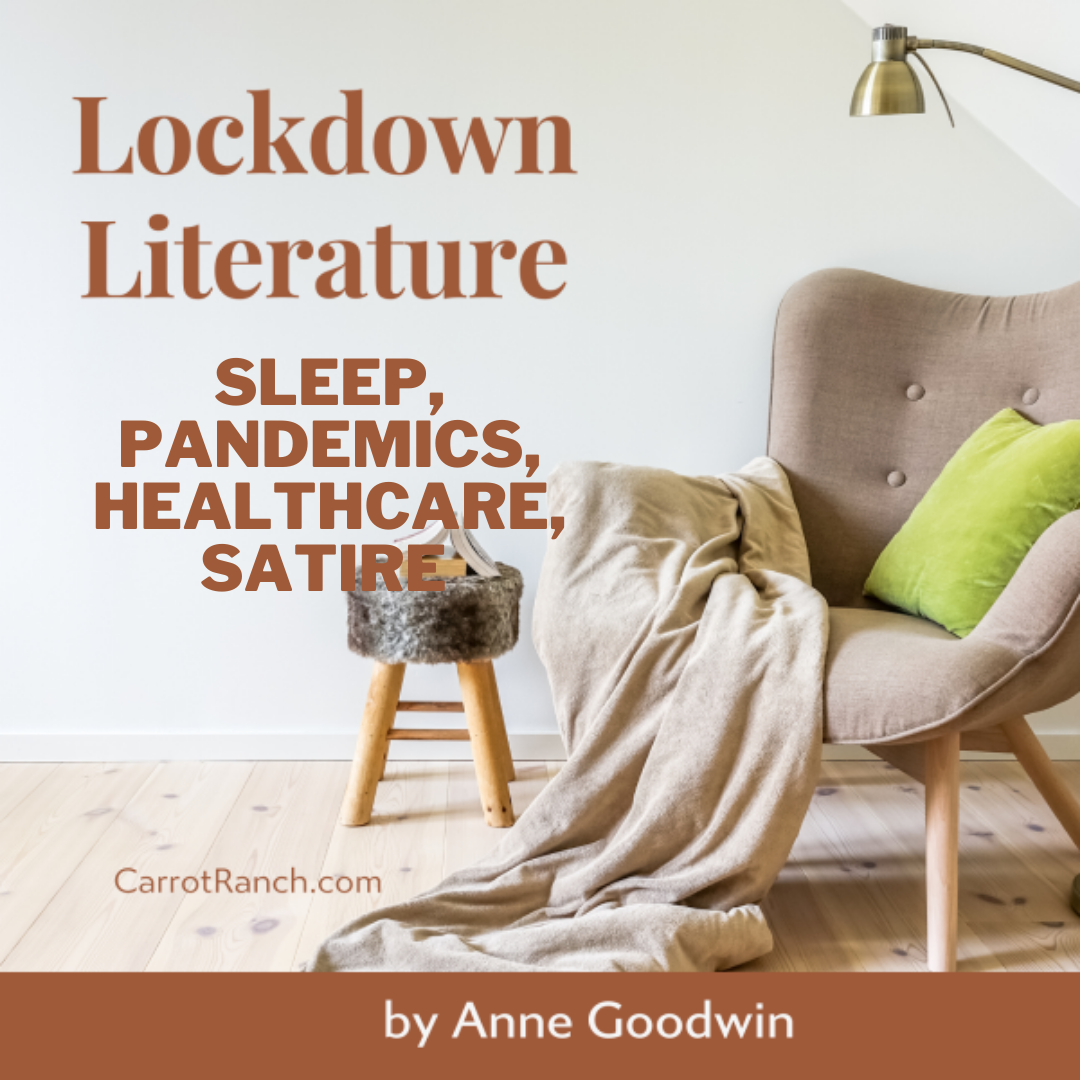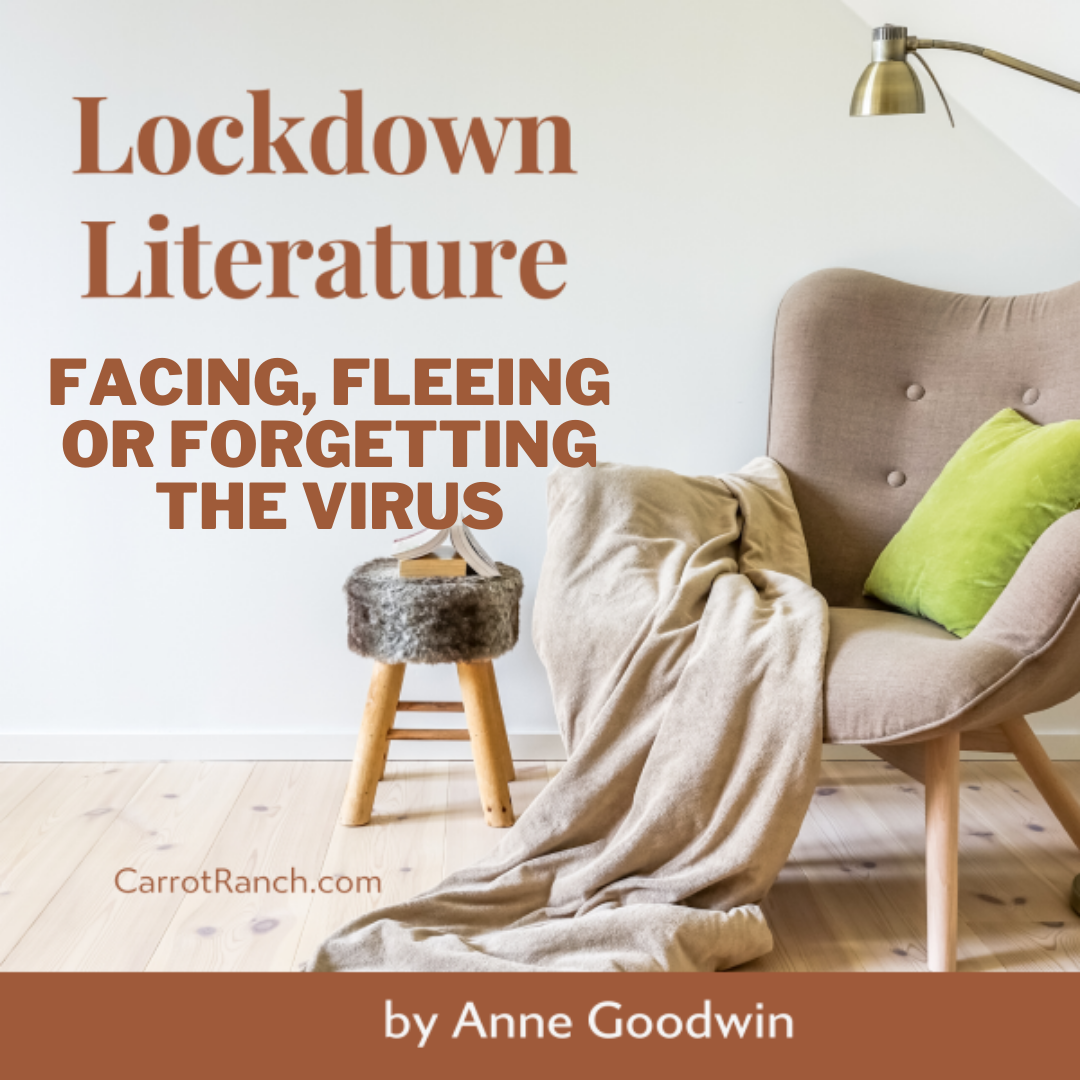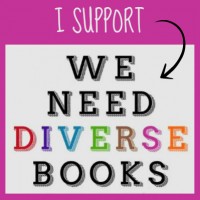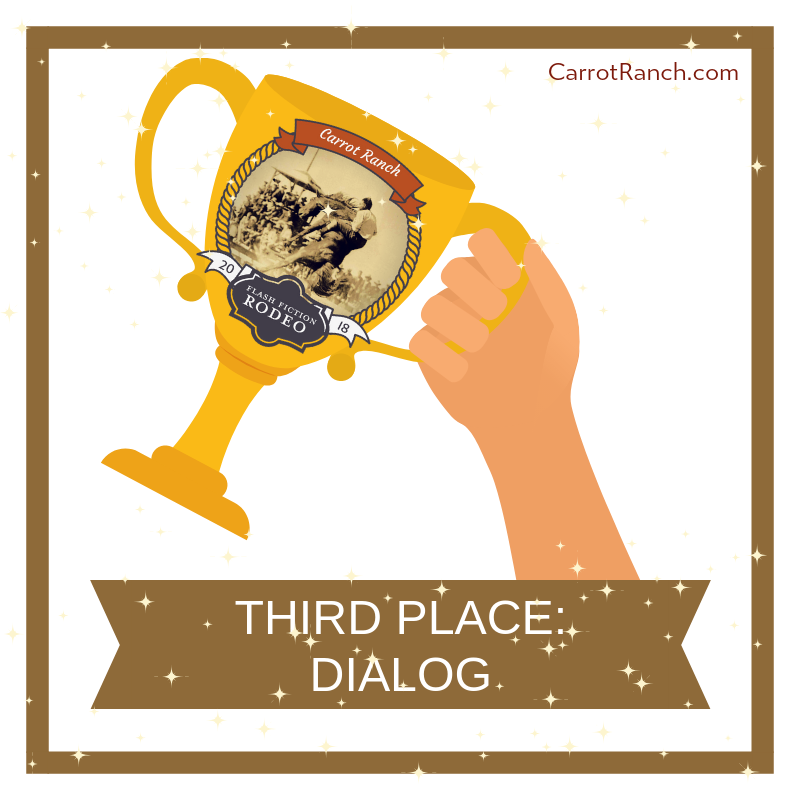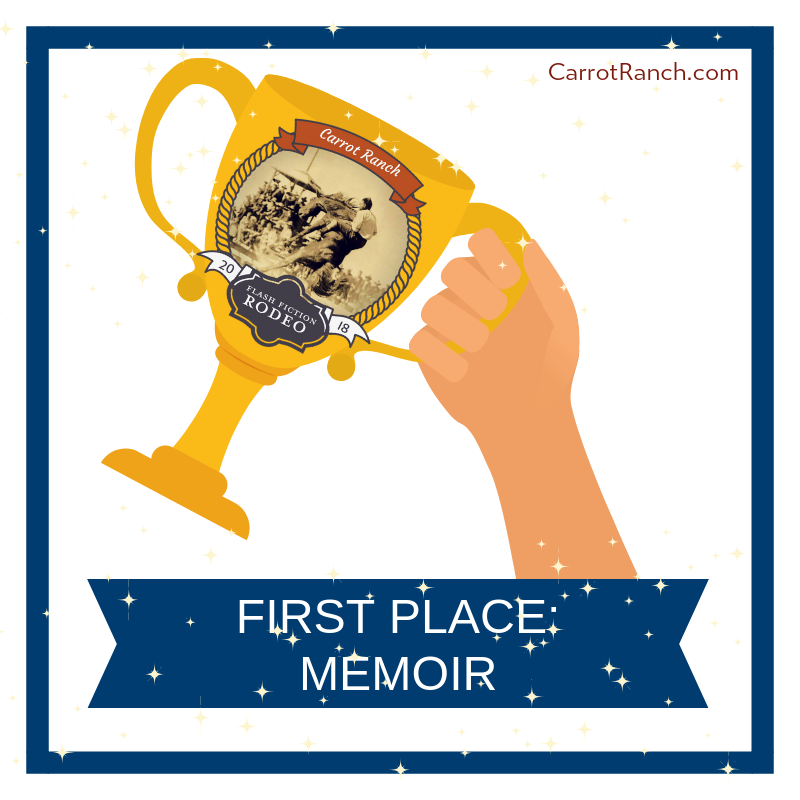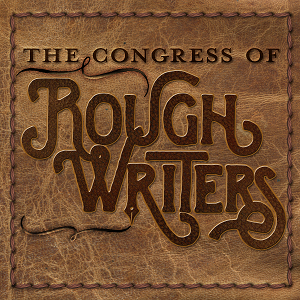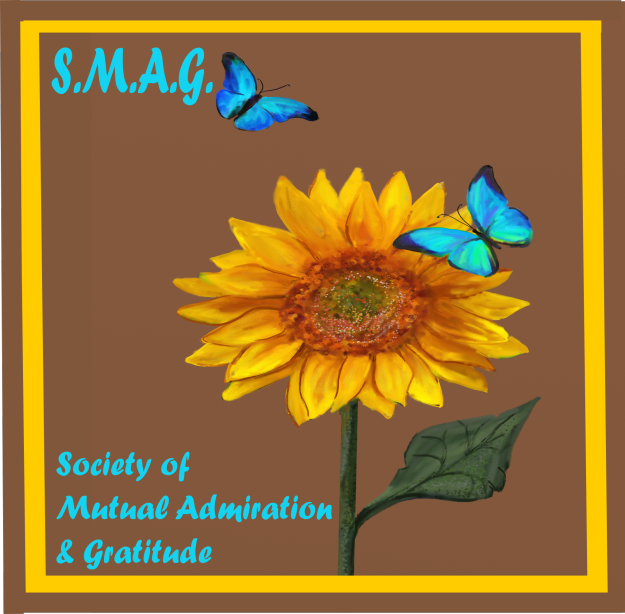Welcome
I started this blog in 2013 to share my reflections on reading, writing and psychology, along with my journey to become a published novelist. I soon graduated to about twenty book reviews a month and a weekly 99-word story. Ten years later, I've transferred my writing / publication updates to my new website but will continue here with occasional reviews and flash fiction pieces, and maybe the odd personal post.
|
October is Black History Month in Europe and the focus this year is on women. So I’m pleased to share my reviews of recent reads of novels by talented Black women writers which illuminate the lives of Black women in mid nineteenth century America. The first interweaves the narrative of another atrocity in which Britain was complicit: the Irish famine. The second shows how far women will go to salvage some control of their fertility.
4 Comments
We can’t get enough of the Brontës, can we? Whether it’s rereading the classic stories or rewriting them or delving into the lives of the authors, the sisters never seem to go out of fashion. So here are two recent reads inspired by them and their books. The first is a contemporary rewrite of Charlotte’s Jane Eyre, while the second is historical fiction with a particular focus on Emily, the author of Wuthering Heights.
Forgive the tenuous connection between these recent reads, the first featuring harem women in Egypt at the beginning of the twentieth century and the second a contemporary Italian girl who grows into a woman while imprisoned in a container. While you might shudder at the latter, I urge you to give it a chance, as it’s one of my favourite reads of 2021.
It was good to read these two American novels about Black gay men, especially during LGBT history month: the second set in 19th-century Mississippi and an unnamed part of Africa; the first set in contemporary Texas and Japan.
Two recent reads set in medieval Europe, where reluctant heroines must confront obstacles both spiritual and tangible to take a chance on happiness with the man they love. The first is set in Britain and the second, two centuries later, in France. Both include St Margaret as a minor character, but I was rooting for the maids on a mission, hoping they’d save their loved ones, and themselves.
These two recent reads are about marriages under severe strain. In the first, set in the southern USA, a woman turns to a mutual friend when her husband is sentenced to twelve years’ in prison for the crime of being black in the vicinity of a sexual assault. In the second, set in the UK, a family is in crisis as a result of the husband and father’s combat PTSD.
These two recent reads bring touches of humour to the serious extraordinariness of ordinary cohabiting relationships, and the impact on the couple of friendships and obsessions outside the partnership. The first features a thirty-something lesbian twosome in London (with one of the partners making frequent visits to Paris). The second focuses on a heterosexual marriage of some duration, the couple having moved to Bath on retirement.
Just as colours look different to the eye depending on the hues surrounding them, stories read differently according to the arrangement on our mental shelves. When I read it almost two months ago, I didn’t tag the first under the theme of conformity to community mores; when I drafted my review of the second, narrated in a collective voice, the story flipped in my head into one of the conflict between the drive to belong and the fear of being engulfed. Admittedly, this pairing stems also from a niggling guilt at the widening gap between receiving my copy and posting my review. Read on, and let me know whether or not you think they fit.
Connections: The Sweet Indifference of the World & The Aunt Who Wouldn’t Die & Coming up for Air13/7/2020 Mmm, seems I’ve chosen books with long titles for this threesome! But the reason I couldn’t bear to choose a couple and leave the other on the sidelines awaiting a partner is that they are all about characters connecting in unconventional ways. Firstly, I review a novella in translation about a writer meeting a man who seems to be a younger version of himself. In a second translated novella, a woman ensures that more than her memory lives on after her death. In the third, a literary novel, two women are linked via an invention that a third character plays an active part in developing.
I recently read two novels set in England almost a century apart about young women returning to their parents after their marriages break down. Unfortunately for both of them, their childhood homes are stepping stones to something more terrifying than the confidence lost from relationship failures: in the first, Grace spends months on the streets; in the second, Clara is confined to a dismal mental institution.
These two novels about female friends from two different cultures and at different stages of their lives expose the power imbalance between even privileged and highly educated women and the men in their lives. The first is a thoughtful novel about middle-aged women in London; the second a lighter story about young adults in Saudi Arabia.
If you’re reading through the lockdown, or listening to more music, you might be interested in these two books featuring dual narratives connected via an “instrument” of the arts. The second is a translated novella set in and around a real-life bookshop and publishing house; the first is about heartbreak compounded by the fear of letting go from a publisher who mostly does translations.
These two novels feature the displacement of people and the unique cultures and environments they left behind. The first introduces us to the remote Scottish island of St Kilda whose depleted population was evacuated to the mainland in 1930. The second links Venice with the Sunderbans in the Bay of Bengal via folklore and cli-fi. Despite their complementary covers, they’re very different books.
What happens when childlessness develops from being a personal matter to a problem for society as a whole? In Margaret Atwood’s imagined Gilead an alarming drop in the live birth rate calls for Draconian measures, building a society where a woman’s mind and body are subservient to her reproductive potential. In Perumal Murugan’s rural South India, childlessness is a threat to the established order, with friends and neighbours pitching in with advice and criticism, indifferent to the infertile couple’s private grief.
Here I’ve paired two recent British novels inspired by real-life disasters affecting entire communities: the first being the 2011 earthquake in Christchurch, New Zealand; the second a plane crashing into a tower block in 1996 Amsterdam. I didn’t find either easy to get into, but both rewarded patient reading. See what you think!
Only in court are we required to tell the truth, the whole truth and nothing but. In our ordinary lives, we stretch, bend and turn it inside out. Not always intentionally, or even consciously, but simply to smooth human interactions and present the best version of ourselves. In the first of these two novels, a Wild-West outlaw needs to create an alter ego to survive, while a frontiers woman needs to revise the details of a family tragedy in order to live with herself. In the second, a lie gives a teenage girl a reprieve from loneliness, and an elderly woman a chance to be heard.
Here are two novels in which the narrator looks back on past connections: the first a coming-of-age tale during Ireland’s electrification; the second a writer’s stream-of-consciousness(ish) look at her Tunisian roots. The colour-coordinated covers is pure coincidence. This week’s 99-word story in response to the prompt ‘the greatest gift’ follows my reviews.
While separated by style – the first literary lyrical, the second more off-the-peg – and setting – the first wilderness, the second three cityscapes – these two novels are united by more than a character named Tomas. The main characters of both stories are preoccupied with meticulous observation of the environment: for animal research in Tiger whereas in The Museum of Broken Promises, surveillance might be a more appropriate word. And while the latter is about conserving objects and memories, nature conservation is one of the themes of the first.
Two debut novels from female British writers featuring dodgy scientific experiments on nonconsenting participants within very dark periods of history: the holocaust in the first and the transatlantic slave trade in the second. Yet, despite both also featuring women disempowered by their husbands, and voluntary and involuntary drug abuse, each contains a thread of hope in a love story.
It’s a touchy subject, understandably, but I think there are ‘good’ psychological reasons by some women kill their babies. But the mothers in these two novels would very much have liked to have kept theirs had circumstances allowed. In the first, set in a bruised post-war Japan, Naoko is sent to an extremely dodgy maternity home when she becomes pregnant by an American sailor. In the second, set between 1860 and 1910, the women on a Maryland plantation will do anything to avoid their children growing up as slaves.
Two novels in which a marriage of a twenty-something man and woman from superficially similar backgrounds shows early signs of strain. In the first, between Muslims in contemporary London, the politics of religion are problematic right from the start; in the second, life gets tough when a new mother follows her journalist husband to a posting in newly-independent Ukraine. All harbour secrets, communication suffers and trust is hard to find. But, with youth on their side, they’ll take something from the experience, whether or not the marriages survive.
Two recent debuts about women on an unplanned journey of self discovery: the first by finding a place of healing after years of trauma; the second by uncovering the truth about her parentage. Both women must travel to another part of the British Isles to find redemption; both must overcome obstacles to their understanding, to loving and being loved.
Two novels about girls in the painful process of growing up. For Australian Justine, in the first novel, adolescence merely exacerbates a lifetime of neglect; for Irish Lani, in the second, it’s the begins of psychological separation from her family as she falls for a local boy.
|
entertaining fiction about identity, mental health and social justice
Annecdotal is where real life brushes up against the fictional.
Annecdotist is the blogging persona of Anne Goodwin:
reader, writer, slug-slayer, tramper of moors, recovering psychologist, struggling soprano, author of three fiction books. LATEST POSTS HERE
I don't post to a schedule, but average around ten reviews a month (see here for an alphabetical list), some linked to a weekly flash fiction, plus posts on my WIPs and published books. Your comments are welcome any time any where. Get new posts direct to your inbox ...
or click here …
Popular posts
Categories/Tags
All
Archives
March 2024
BLOGGING COMMUNITIES
|
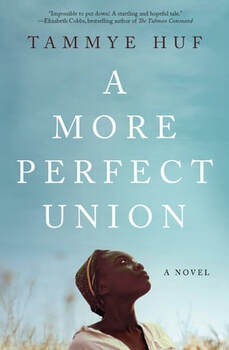
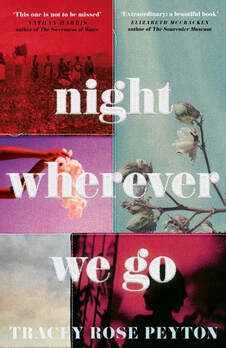
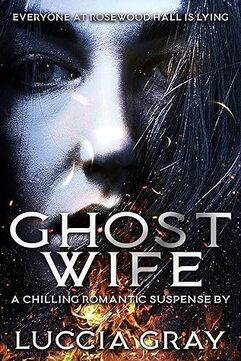
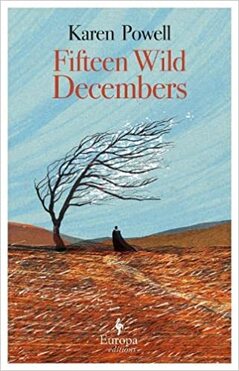
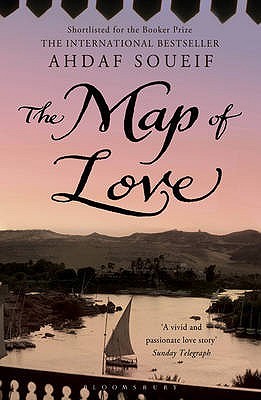
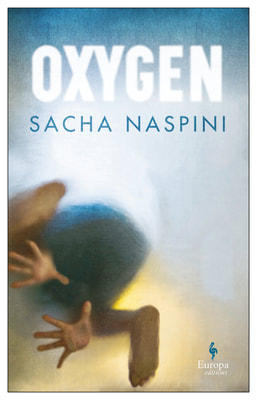
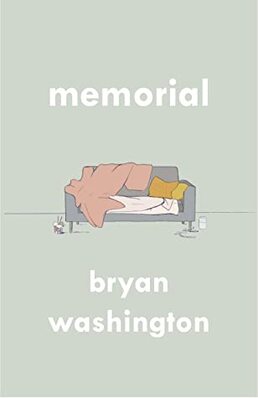
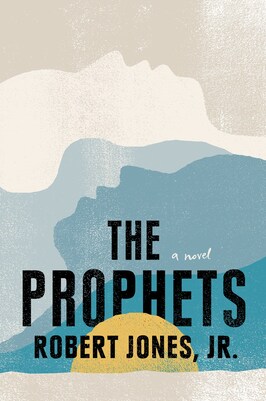
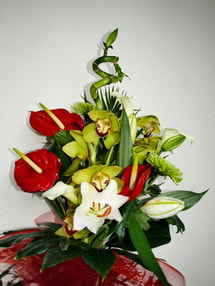
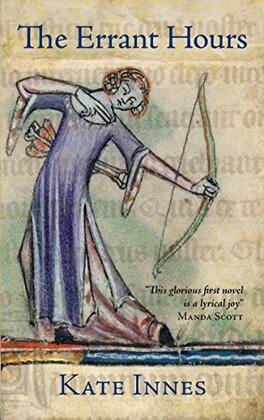
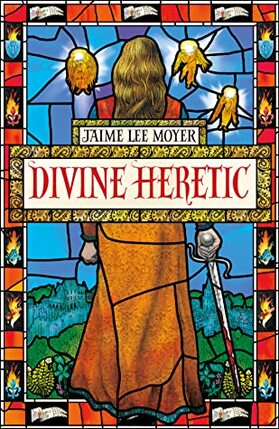
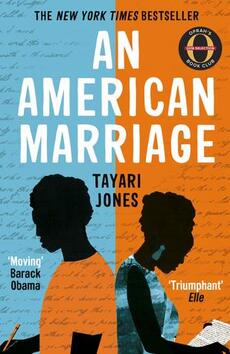
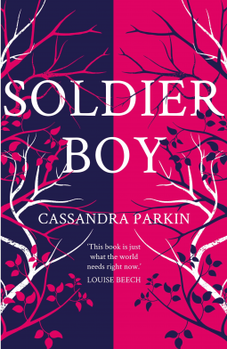
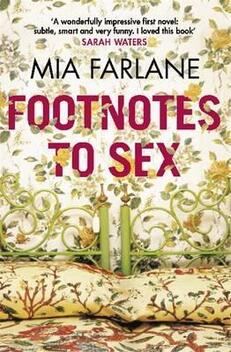
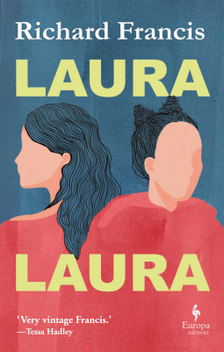
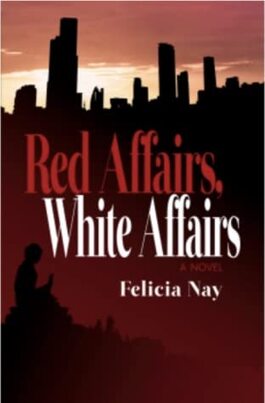
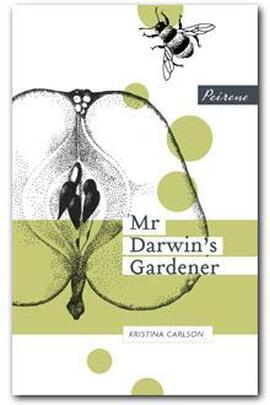
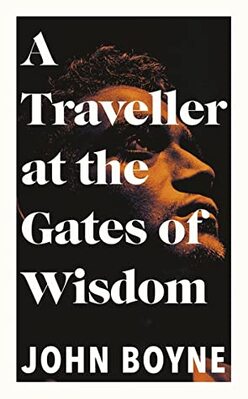

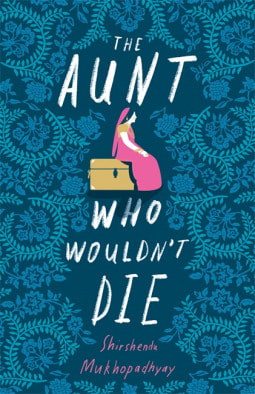
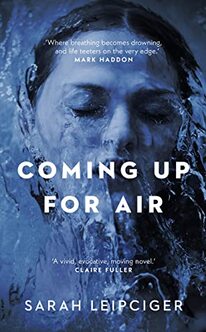
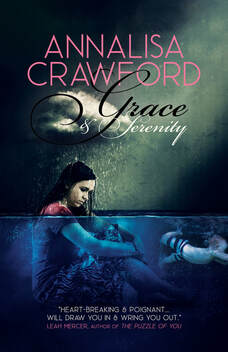
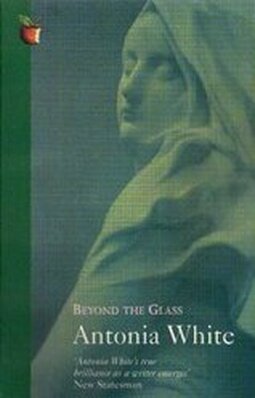
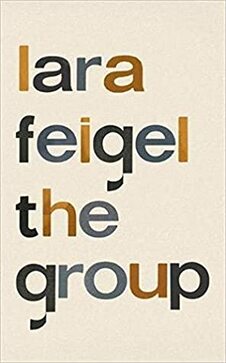
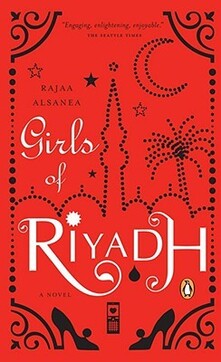
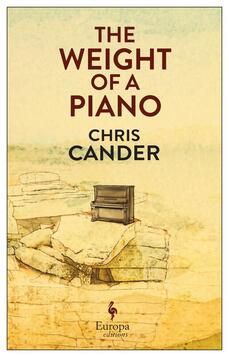
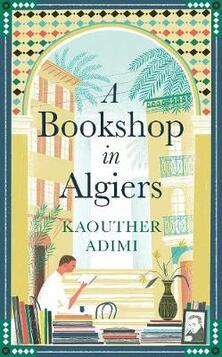
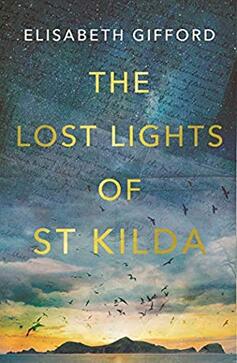
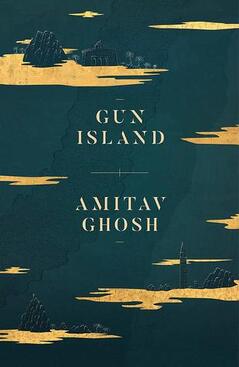
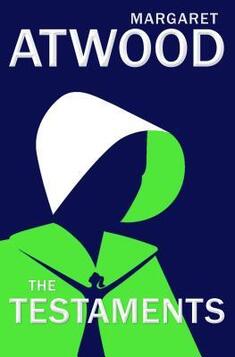
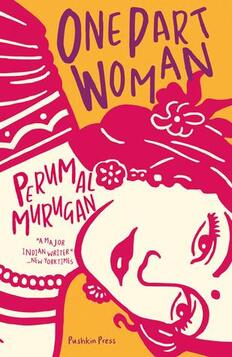
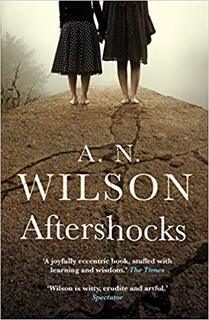
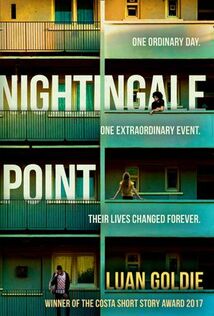
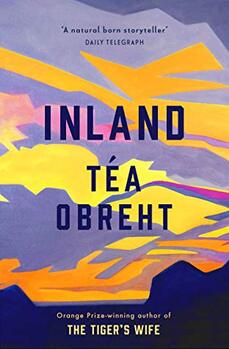
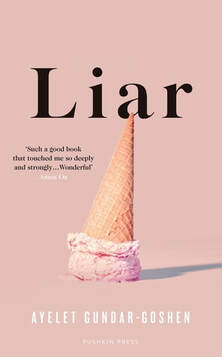
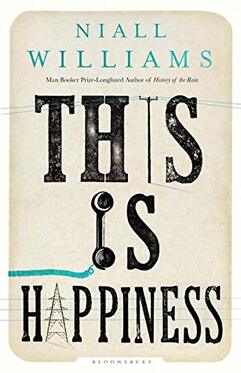
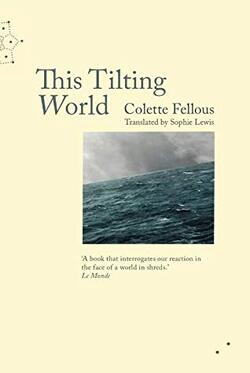
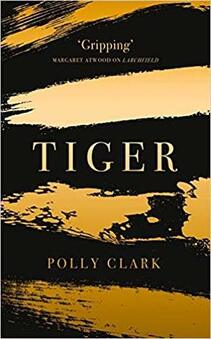
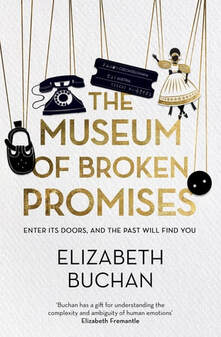
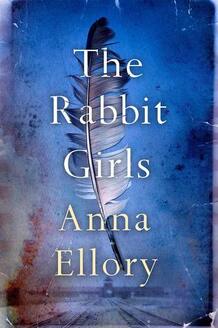
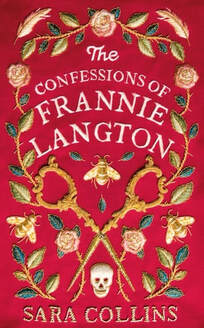
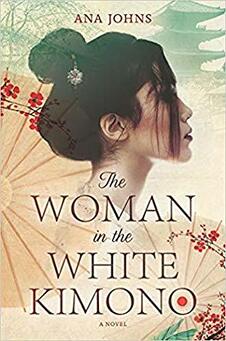
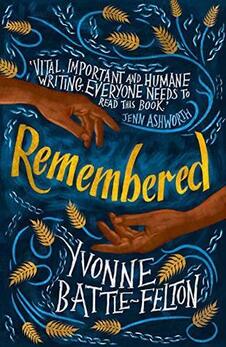
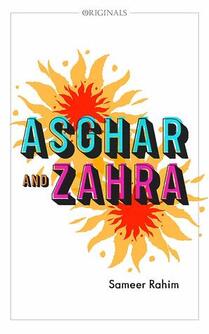
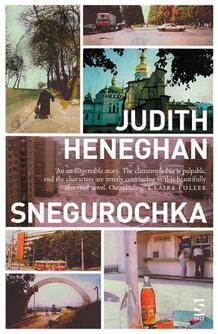
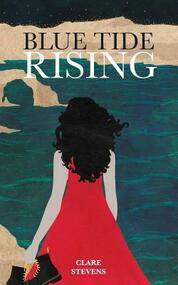
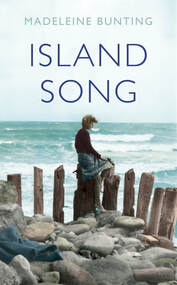
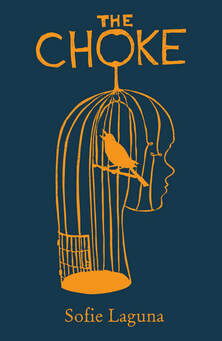
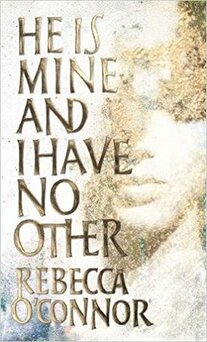

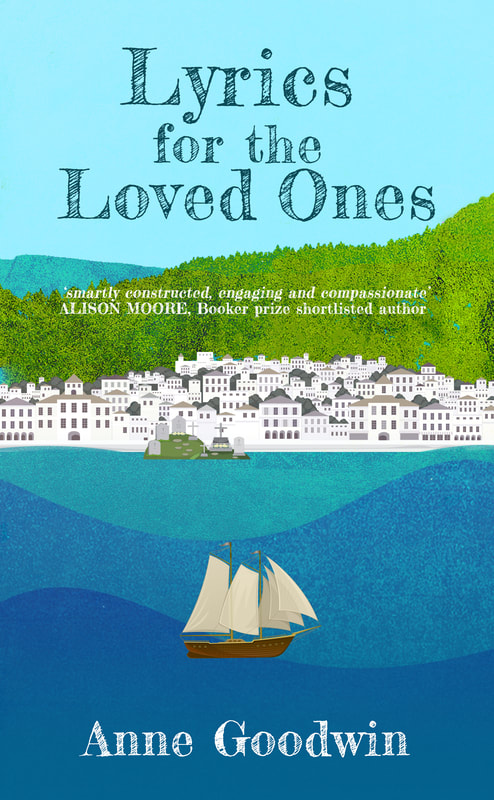
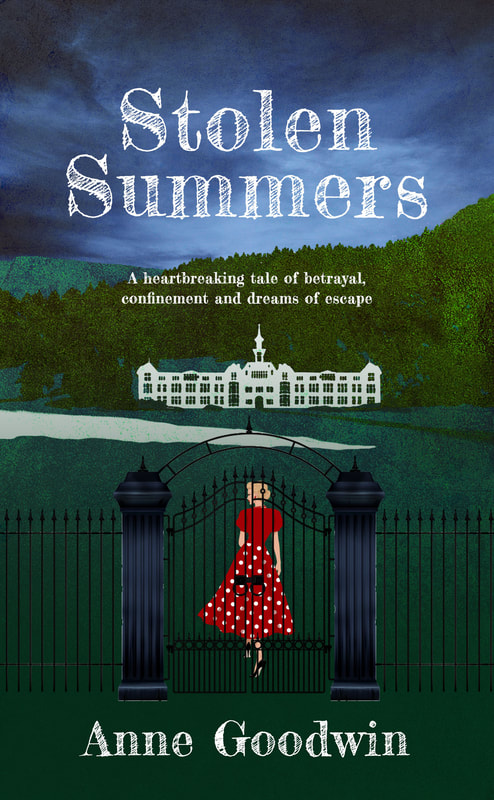



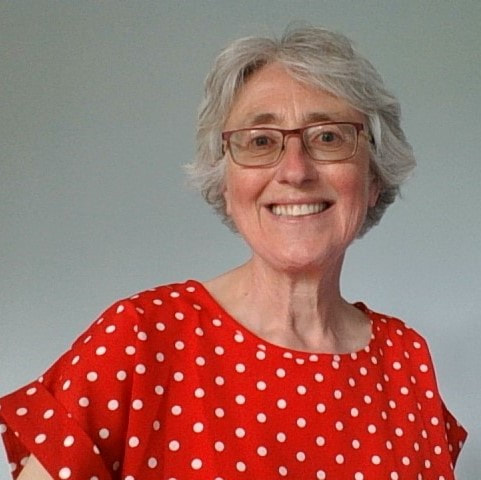
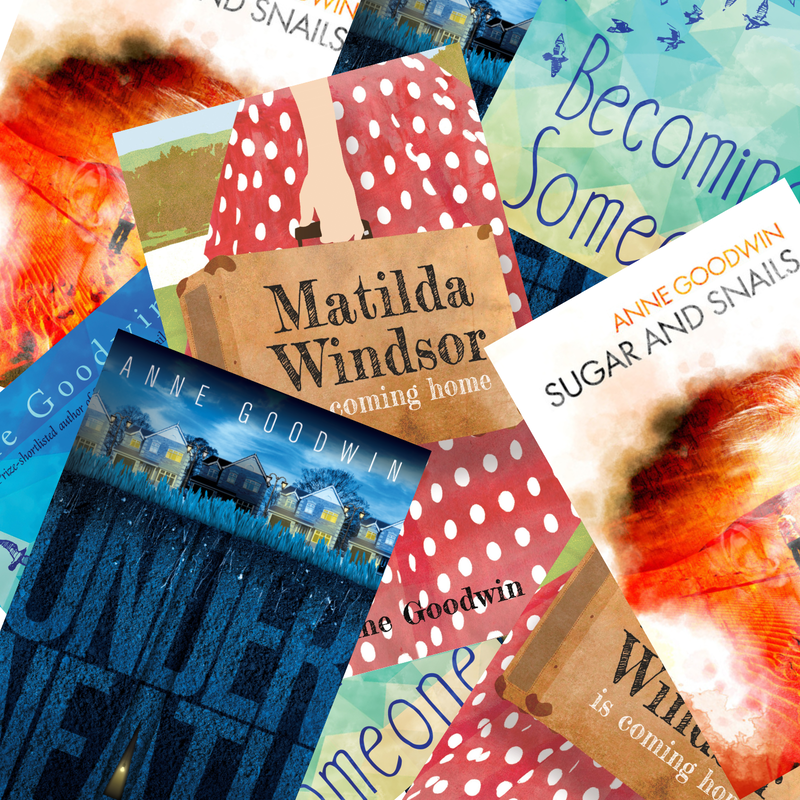
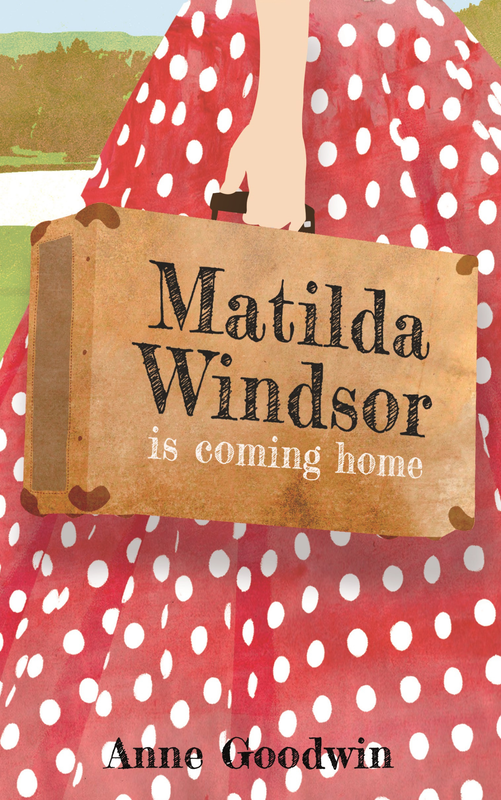
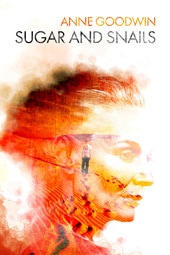

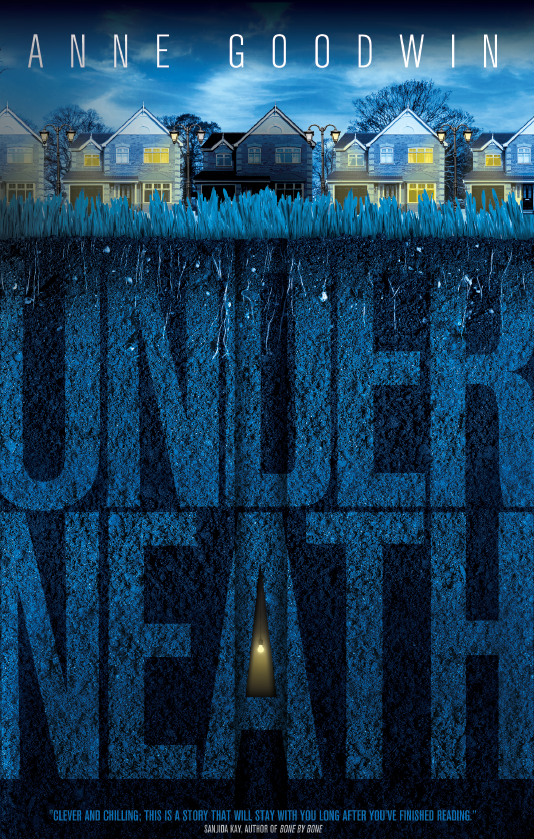
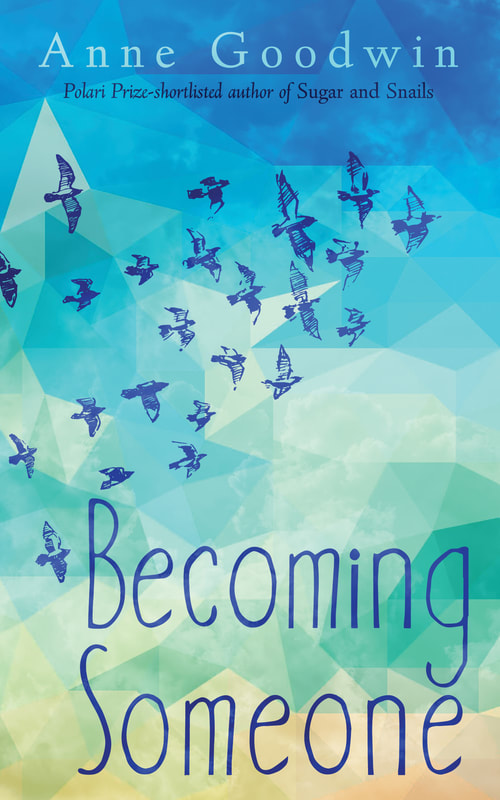






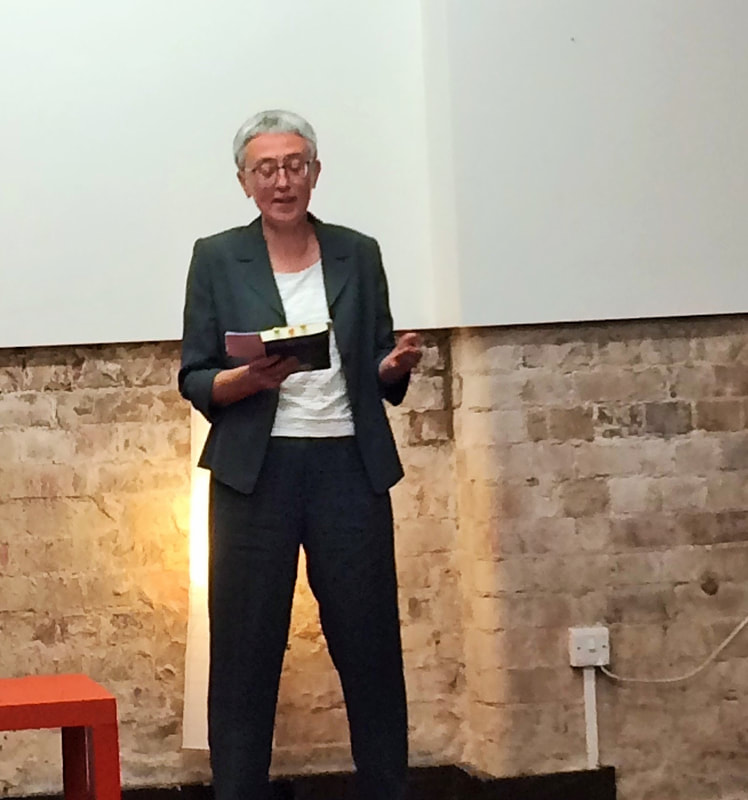

 RSS Feed
RSS Feed

